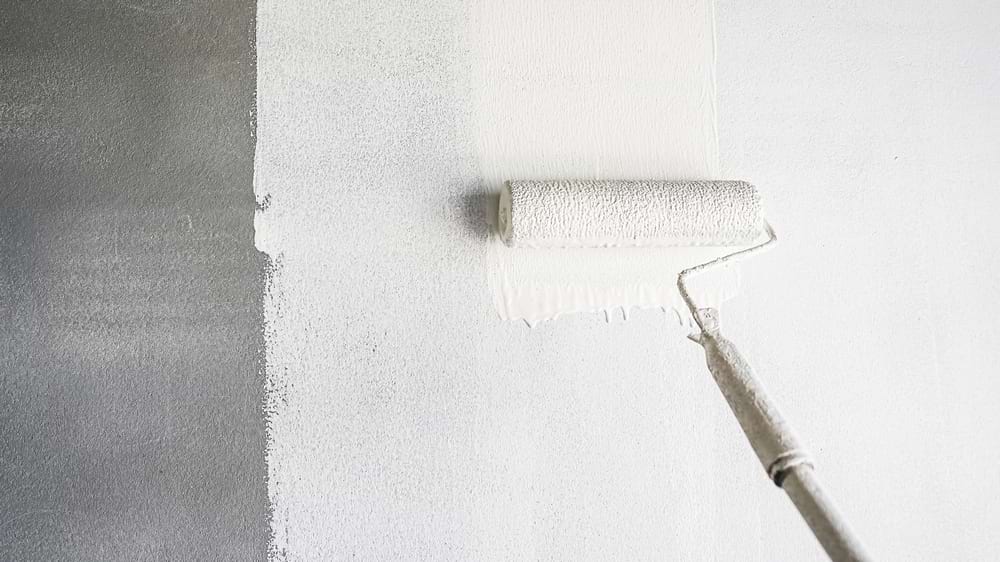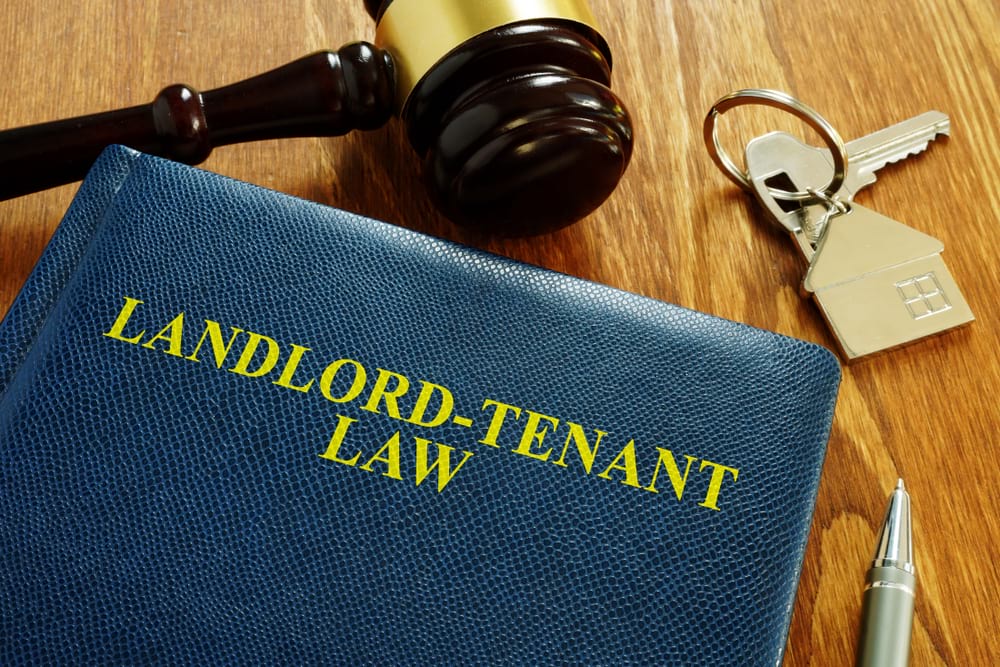Decorating a house is an enjoyable experience for almost all homeowners.
It makes the property ‘theirs’ and adds colour and a welcoming vibe.
Someone renting a house long-term will usually have just as much desire to decorate the house.
But can tenants decorate rented properties? And if so, what are the limits about what they can and cannot do?
We’ve answered these questions and more in the blog below.
Can tenants decorate a rented property?
It depends on their tenancy agreement with the landlord.
When tenants agree to rent a property, they will receive a tenancy agreement to sign. This should outline what you can and cannot do.
If they don’t like the terms on decoration, they should tell their landlord beforehand. But the landlord does not have to change these terms.
Once they sign the contract, tenants have committed to the terms. They can ask their landlord to amend these later, but the landlord doesn’t have to agree to.
Ask for (and keep) written evidence of agreements
If a landlord agrees to a tenant decorating a property, it should be in writing (ideally via a letter or email).
It provides the tenant with protection if there are disputes further down the line.
For example, some landlords withhold a deposit if there are disagreements about decoration.
How much decoration am I allowed to do?
Once again, this should be covered in your written agreement with the landlord.
There are many different types of decoration, and the lines between each should be clear.
Get clear guidance from your landlord about which of the following you can do and to what extent:
- Wallpaper
- Painting walls
- Vases and lampshades
- Paintings and art on the wall
- New carpet.
Permanence matters
Landlords will likely only be willing to allow something permanent if they sign off on it first.
For example, they will be more cautious about wallpaper changes than potted plants.
Remember that you will be expected to pay for all the decorations. And if your decoration causes damage to the house, it may come off your deposit.
What is the difference between decoration and renovation?
Renovation usually changes the fundamental layout and structure of a house.
It might involve:
- Knocking down walls
- Adding extra rooms
- Changing the function of rooms (i.e., turning a garage into a living space).
And more.
By contrast, decoration refers to changes that can be easily reversed. It is usually done after renovation and includes:
- Artwork
- Plant pots
- Wall colours.
And so on.
Subletting tenants and decorating
What is subletting?
Subletting is when a tenant lets out their property to someone else.
It might be done because an original tenant wants to reserve a particular property. They might be are temporarily away.
The subletting tenant participates by temporarily living in the said property. They will pay the original tenant a monthly fee.
Can a subletting tenant decorate a property?
Tenants need written permission from a landlord to sublet a house.
If it is granted, two scenarios will dictate the terms around decoration.
A special subletting contract is in place
There might be a separate ‘subletting’ written agreement that they must adhere to. Many legal experts recommend this.
These terms will likely be similar to – but more restrictive than – the original tenant’s agreement.
The subletter should get permission from the landlord before they do anything. After all, it is up to the landlord to what they do and don’t allow.
However, they might communicate with the landlord for practical purposes via the tenant.
No subletting contract is in place
Alternatively, the subletter might have to adhere to the same rules as the original tenant.
This would require reference to the original contract and any clauses around redecoration.
The subletter should get permission from the tenant before they do anything. It is up to the tenant to what they do and don’t allow.
If issues arise, the tenancy agreement and the subletting agreement will dictate who’s at fault. And what costs are due. This matter might get taken to court.
Once again, written legal contracts and legal advice are essential at every stage.
Can tenants keep decorations when they I move out?
Tenants usually keep any decorations they add to a rented property.
After all, these are their belongings. Some decorations are permanent to the property itself (e.g., wallpaper). These obviously can’t be removed.
In rare cases, landlords might request that all decorations tenants add become their (the landlord’s) property in the contract.
This is an unusual request that most tenants would do well to refuse!
Tenants should keep receipts for decorations in rented properties
In most cases, this matter should not be of much consequence. Tenants can usually take down decorations when they move out. It is their property, and thus no dispute should arise.
However, it is worth them keeping receipts just in case the situation turns sour.
The landlord might claim that the decorations up before the tenant moved in.
Can landlords redecorate properties with tenants in situ?
Tenancy agreements usually cover this. Landlords might reserve the right to redecorate while tenants are in situ.
Landlords should communicate with tenants about any redecoration. If not, they may be in volitation of the tenant’s rights. (This applies to all instances of landlords accessing tenanted properties).
It can be disruptive so they should find a date and time that works well for the tenant (if possible).
This could be when they are out of the house (away on work or on holiday for example).
Good landlords will also include the tenant in decisions related to decoration.
But tenants should remember that redecoration is more likely in some circumstances.
For example, when the landlord is looking for new tenants. Or looking to sell the tenanted property.
How should tenants hang pictures?
You should use removable props to hang pictures in your rented property.
Any damage to the wall itself (such as putting in nails) will almost always be a breach of contract.
Your landlord won’t likely permit it, and thus your deposit may be withheld at the end to compensate for damages.
Consider using adhesive hangers and hooks.
This involves peeling the strip on the back so it can stick to the wall.
Some of the best products will hold in place for a long time.
This is useful for the time you are living in the property, but it can still cause damage when it’s removed.
Sell your tenanted property with We Buy Any Home
If you are looking to sell your tenanted property, We Buy Any Home can help.
We can buy your property with tenants in situ for cash in any timeframe you want, regardless of your relationship with the tenant.
Contact us today for a free, no-obligation cash offer.




















